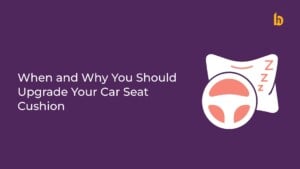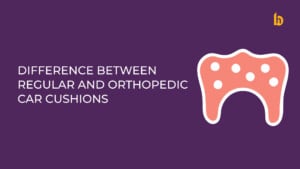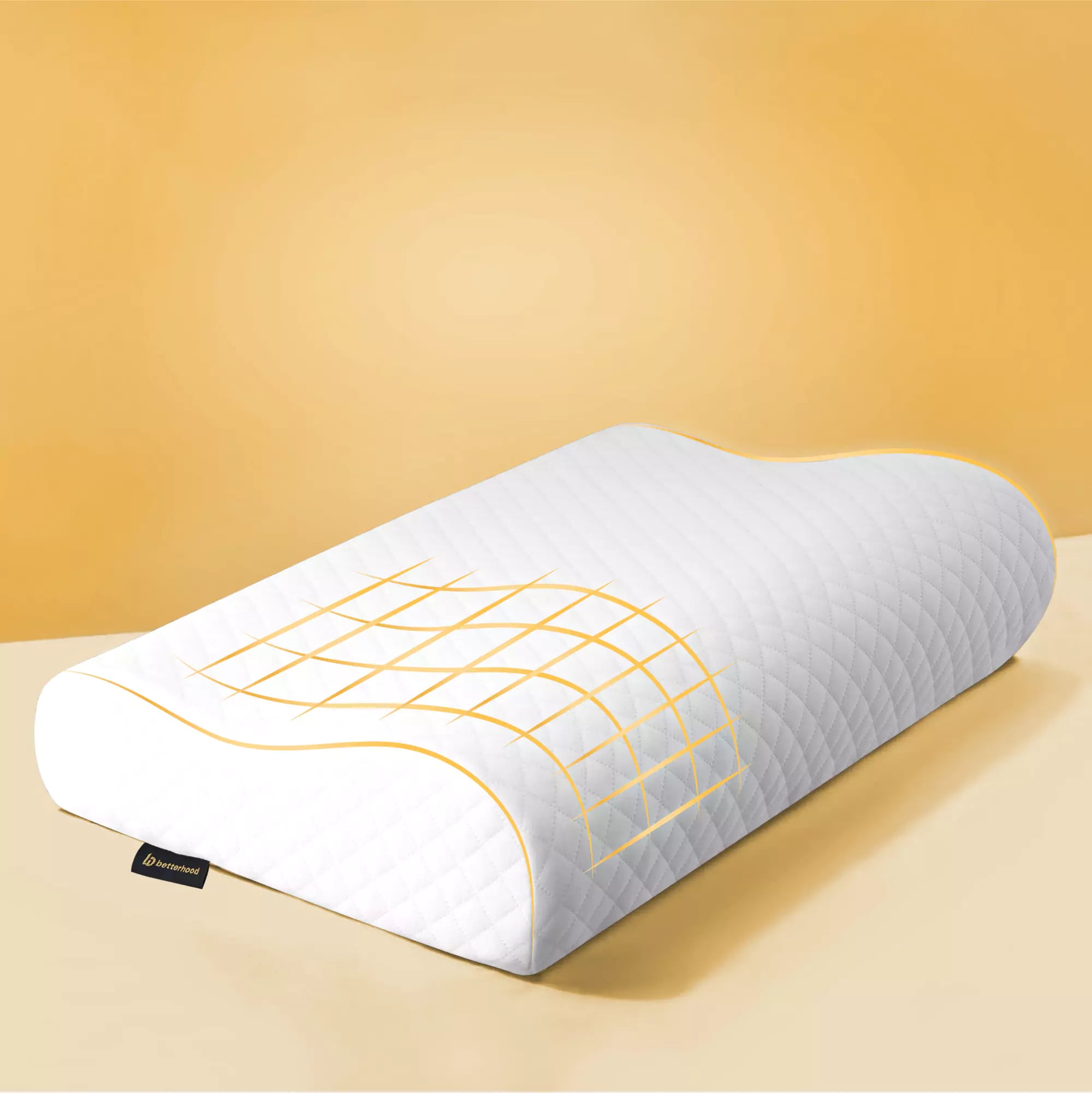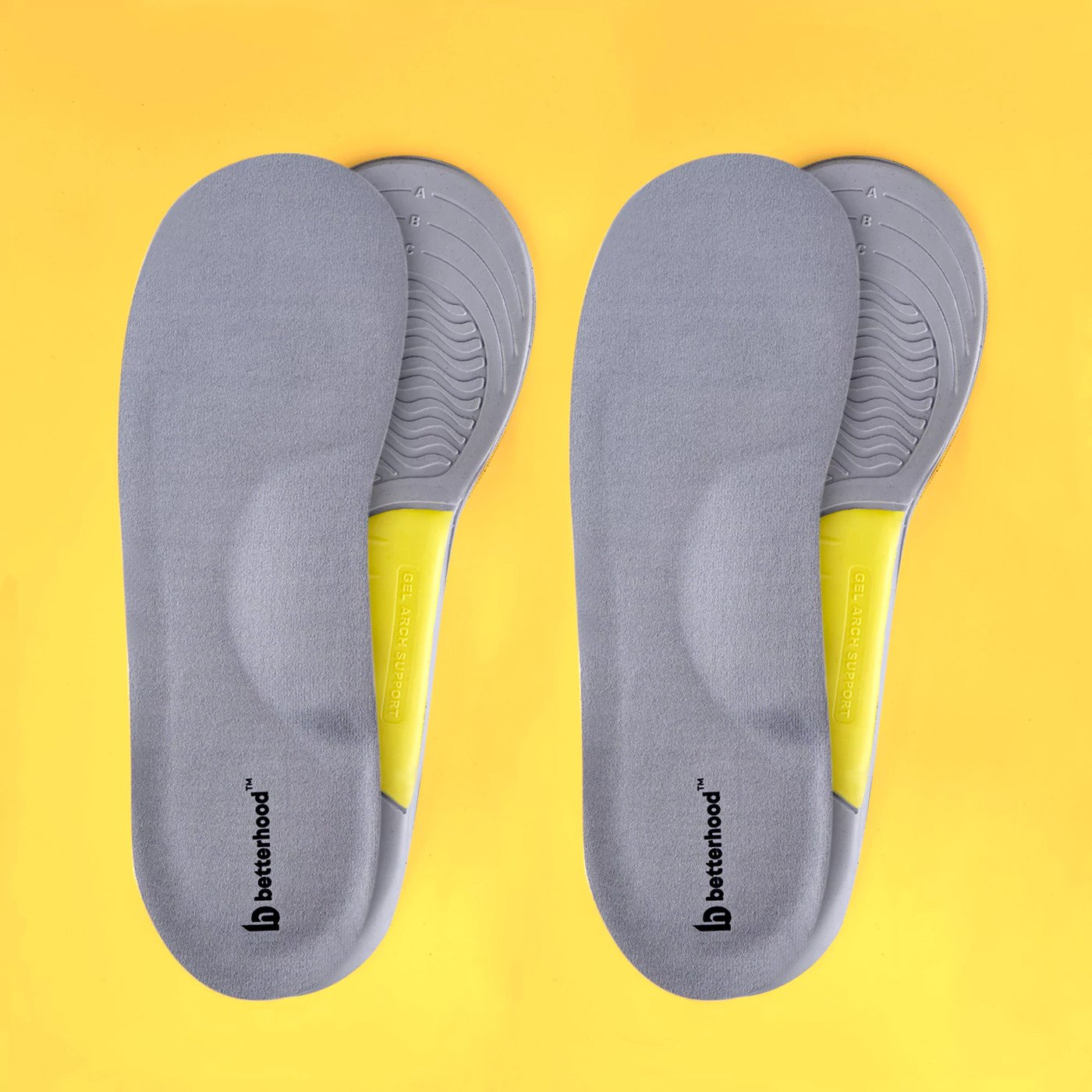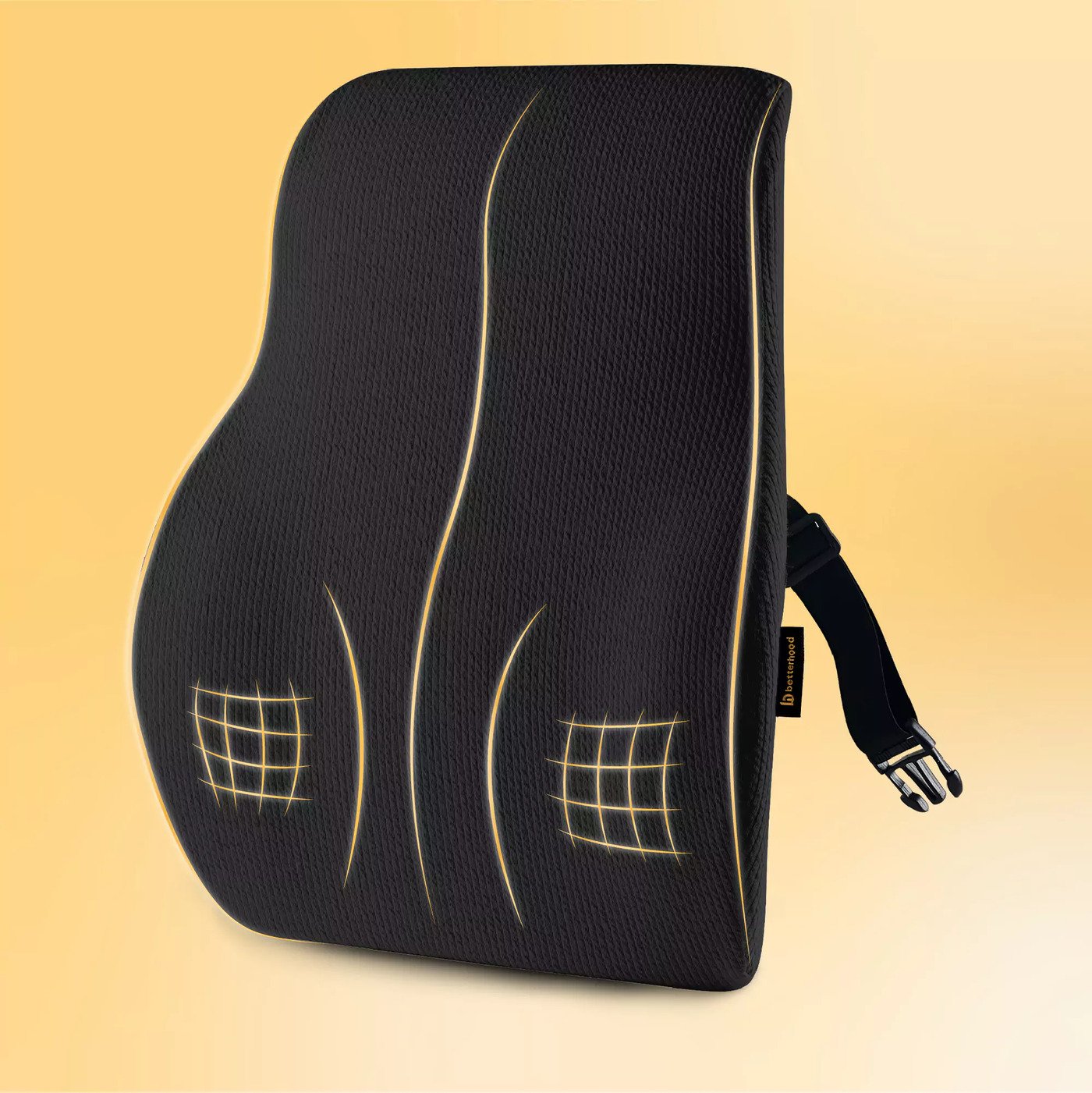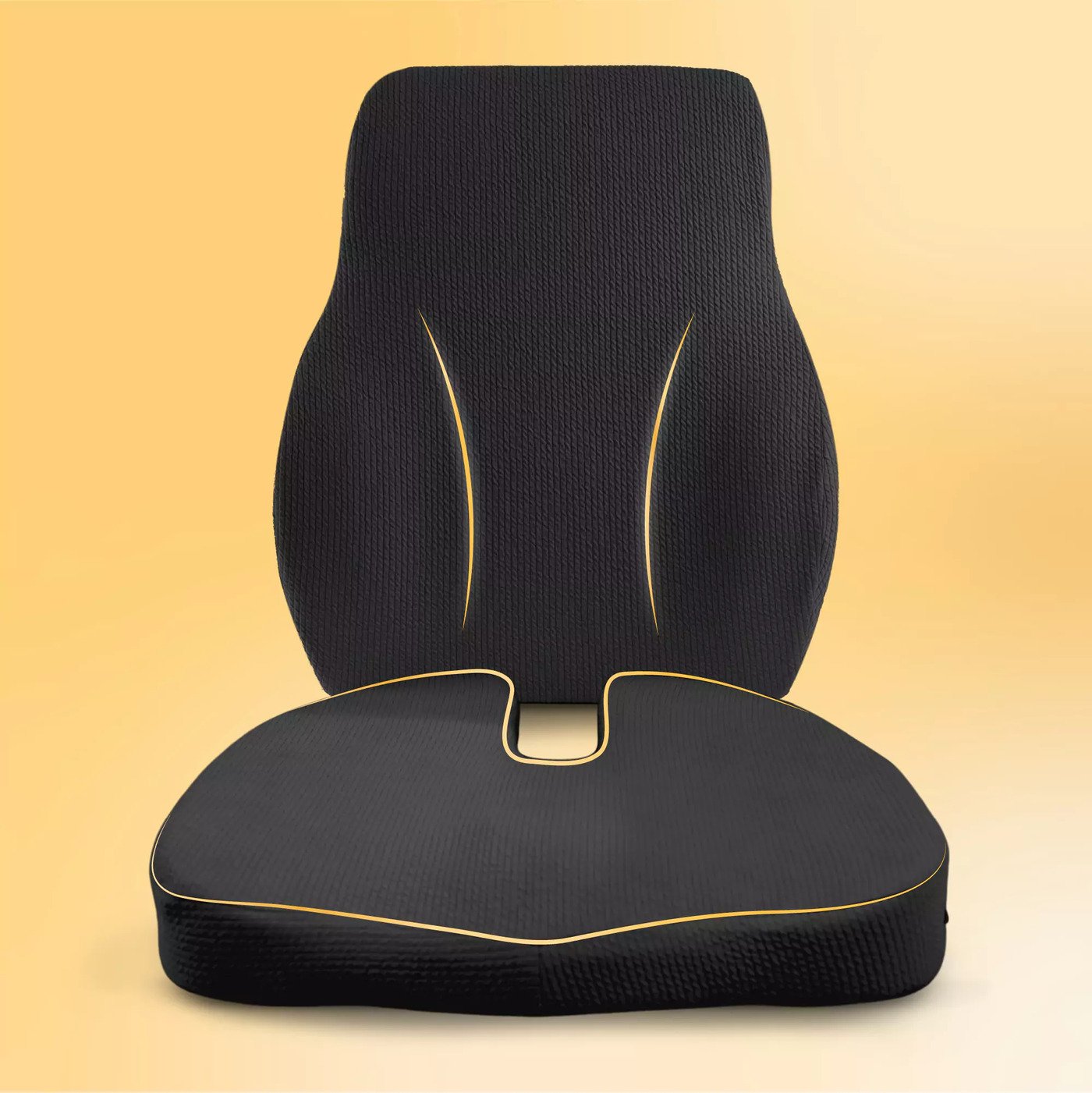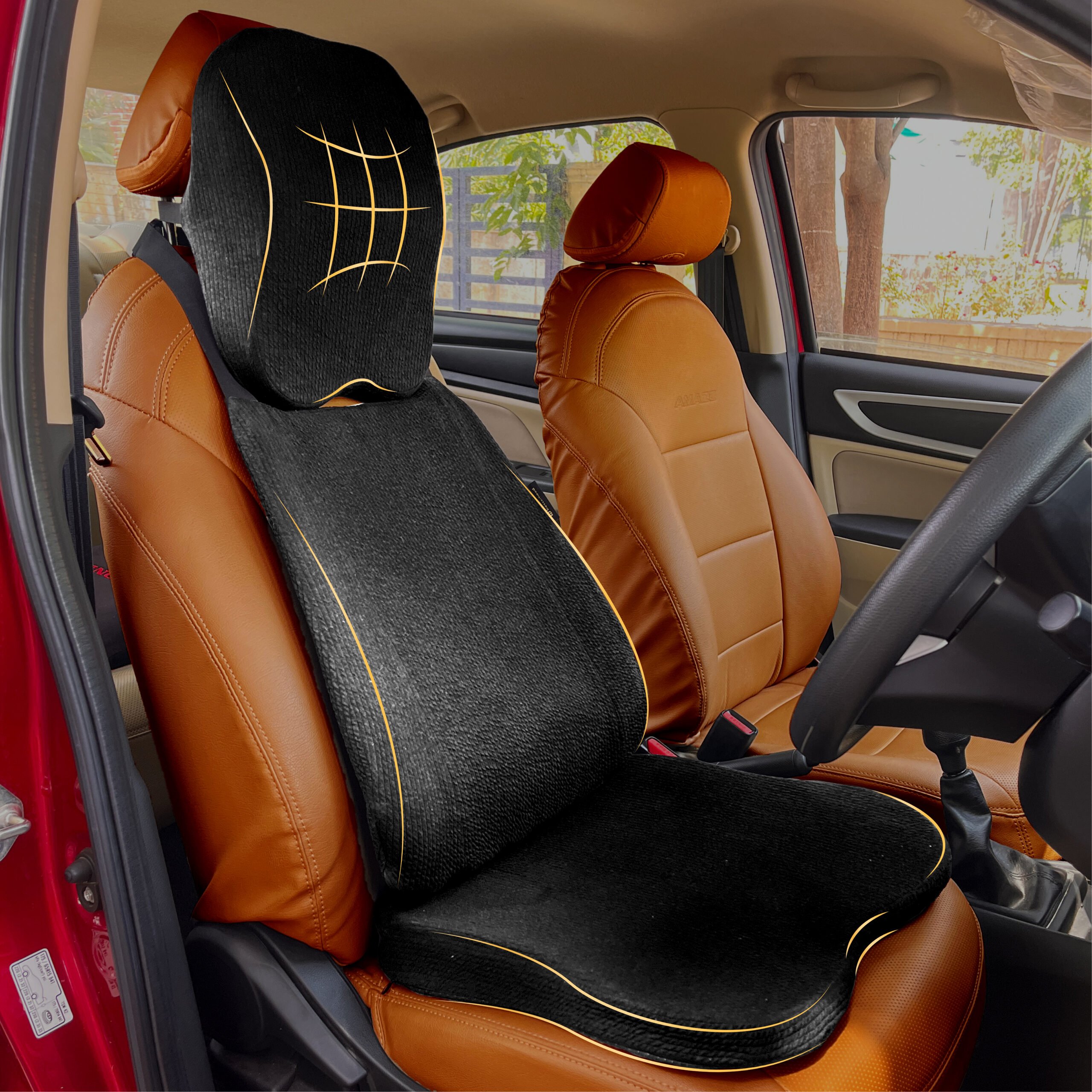Driving is a daily routine, but for individuals in their 30s and older, driving can be painful or even agonizing. Sitting on the road hours each day commuting to work, driving kids to school, or running errands can wear your back out. You don’t even know it, but that dull lower back pain following a road trip can transition into chronic pain with time. With every accumulating mile, the previously non-problematic car seat starts to feel as though it is no longer giving your back adequate support, bending your spine into odd shapes. The result is dull back ache, stiffness on getting out of the car, and diminished overall comfort while driving.
This weakening on your spine only continues to deteriorate with age. Natural degeneration factors like disc degradation, bone loss, and degradation of the muscles in your back leave the spine very susceptible to bad posture. Sadly, most of the standard car seats are not designed with spinal health in consideration, particularly with the aging population. This is where car backrest support becomes relevant. It’s not merely a pillow, either. It’s a daily adjustment tool. It reinforces your lumbar region, encourages enhanced posture, and assists you in growing old comfortably by avoiding unwanted back conditions. It’s a little adjustment that can have a huge impact on your driving comfort level and your overall spinal health over the long haul.
What Is the Connection Between Aging and Chronic Back Pain?
As we get older, our spine goes through mechanical changes like decreased disc height, bone loss, and atrophy of muscles. These mechanical changes in the spine make older individuals susceptible to chronic lower back pain. Degenerative disc disease has been found by studies to be extremely common in individuals over 40 years, and the lumbar area is most commonly involved [Adams MA, Dolan P, “Spine biomechanics and aging,” Spine, PubMed].
Sedentary Lifestyles and Driving-Related Strain
Today’s lifestyle has a lot of sitting, and driving does not help. Sedentary posture, particularly in badly designed car seats, can provide extra stress on the lumbar spine and result in muscle imbalance. NIH research indicates that sitting in poor postures for many hours enhances disc compression and accelerates spinal degeneration [NIH, “Sedentary behavior and health outcomes,” National Institutes of Health].
Early Signs to Watch Out For in Your 30s and 40s
Many people ignore sporadic stiffness or lower back discomfort, especially in their 30s and 40s. However, these early warning symptoms can result in permanent pain if not addressed. Some of the main signs include pain after driving, numbness in the legs (sciatica), or your inability to sit straight. These are indicators that your driving posture while sitting is harming you.
Why Should You Invest in Car Backrest Support?
Effects of Poor Posture While Driving
Driving position tends to be deficient in lumbar support, resulting in forward leaning or slouching. It puts strain on the joints, discs, and spine muscles. Bad posture has been known to lead to chronic pain in the long run, decreased flexibility, and even compression of nerves. Mayo Clinic informs us that misaligned seating is among the single biggest causes of musculoskeletal disorders, especially lower back [Mayo Clinic Staff, “Back pain: Causes,” Mayo Clinic].
How Car Backrests Improve Lumbar Alignment
Car backrest support is meant to bridge the gap between your lumbar back and the car seat, enabling a healthy curvature of the spine. By placing the lumbar in this position, the loading on the spine is lessened, and the body’s weight distributed uniformly, relaxing the muscles and discs’ tension. According to orthopedic research, support for the lumbar greatly reduces spinal loading and allows for proper posture when seated [Caneiro JP, et al., “The influence of spinal posture on musculoskeletal pain,” PubMed].
Preventing Long-Term Damage and Discomfort
Back pain, if neglected, can lead to long-term damage in the form of herniated discs, chronic inflammation, or loss of mobility. An ergonomic backrest can be a preventive tool at an early stage that relieves not only but also prevents further development into more severe spinal issues. Such aids are particularly useful for individuals who drive long distances for work or family responsibilities.
What Features Should You Look for in an Effective Car Backrest Support?
Ergonomic Design for Lumbar Support
The single most critical feature of any backrest support is the ergonomic design. It must replicate the natural curve of the spine and provide firm but supportive support. Opt for models that are clinically tested or orthopedically recommended.
Memory Foam vs Orthopedic Mesh
Both memory foam and orthopedic mesh offer distinct advantages:
- Memory Foam: Contours to the user’s body shape, offering personalized support and absorbing shock.
- Orthopedic Mesh: Promotes airflow, keeps the back cool, and maintains structural integrity for longer drives.
A comparative review in Ergonomics journal found that while memory foam is preferred for comfort, orthopedic mesh supports are better at maintaining posture for extended periods [Bridger RS, et al., “Comfort and performance in seating design,” Ergonomics].
Adjustability and Compatibility with Car Seats
An ideal backrest must also adjust to height and tilt for accommodating various body shapes and vehicle models. Securely gripping straps or clips are also needed to avoid slippage. Multimodel compatibility increases usability.
How Does Betterhood Support Holistic Aging Through Wellness Products?
Preventative Solutions Over Reactive Treatments
At betterhood, we’re all about halting pain in its tracks before it begins. Rather than just reacting to back pain once it becomes chronic, our backrest items are created with prevention in mind as the number one priority. We focus on ergonomic solutions that are built into daily life.
Supporting Spine Health Across Life Stages
betterhood’s product lineup is designed in consultation with physiotherapists and orthopedic professionals to aid spinal well-being from the early twenties to advanced years. Our backrests are specifically designed for senior citizens with greater spinal susceptibility. Healthiness in old age encompasses being active, and that begins with daily routines such as sitting posture.
Integrating Physiotherapy with Everyday Comfort
betterhood incorporates therapy into product design. For instance, many of our backrests incorporate dual-density zones that replicate physiotherapy procedures such as spinal decompression and sacral relief. By incorporating therapy into product design, betterhood lets users enjoy clinically-informed comfort on their own terms.
What Are Some User Tips for Getting the Most Out of Your Car Backrest Support?
Proper Installation and Placement
To get the most benefit out of your car backrest support, accurate positioning is essential. Place the support so that it rests over the natural S-curve of your lower back. The thickest section should be positioned directly in the lumbar area so as to support the inward curve and prevent slouching. Don’t place it too high, as this will possibly bring your shoulders forward, or too low, which will potentially lead to pelvic tilting and tension in the lower back. Most good quality ergonomic supports have straps that are adjustable or visual markers to put them in the right position. In order to perform at your best, reset their positions every few weeks or after long drives because repetitive seat adjustment or use will break down its position over time.
If your car has a sloping seatback or slanted bucket seat, add an additional seat wedge or pad to achieve a flatter surface. This maintains your pelvis in a natural position, so the backrest can work better. Placing the backrest on a flat, clean dry surface also stops slipping, particularly on man-made or leather surfaces.
Daily Driving Habits That Support Spinal Health
A backrest alone isn’t enough to protect your spine. Healthy driving posture and mindful habits amplify its benefits. Here’s how to optimize your daily routine:
- Adjust your seat position so your knees are level with or slightly lower than your hips. This reduces hip flexor tension and maintains a neutral pelvic tilt.
- Sit close enough to the steering wheel to reach the pedals and wheel comfortably without stretching or slouching. Your elbows should remain slightly bent, and your back should stay in contact with the support.
- Use cruise control during long highway drives. This allows both legs to rest evenly, reducing pelvic imbalance caused by constant use of the accelerator.
- Take regular breaks on long trips, ideally every 30 to 60 minutes. Step out of the vehicle, walk around, and perform gentle stretches to relieve spinal pressure.
- Stay hydrated throughout the day. Intervertebral discs are largely composed of water, and dehydration can decrease disc height, making the spine more vulnerable to strain and injury.
Combining Backrest Use with Stretching and Exercise
Backrests are most effective when used alongside regular stretching and strengthening routines that promote spinal flexibility and muscular endurance. A few evidence-supported exercises include:
- Cat-Cow Stretch: Improves spine mobility and encourages segmental motion in the vertebrae.
- Child’s Pose: Relieves lower back tension and lengthens the spine gently.
- Pelvic Tilts: Strengthen the lower back and core while improving awareness of spinal alignment.
- Planks or Side Planks: Build core stability, which reduces reliance on passive supports like backrests.
- Thoracic Extensions: Open the upper back and counteract the forward hunch from prolonged sitting.
Many physiotherapists recommend integrating these stretches into your daily routine, especially if your job involves a lot of sitting or driving. Even five minutes a day can reduce stiffness, improve posture, and enhance the long-term effectiveness of your car backrest support.
Final Thoughts: Can Driving Comfort Be a Part of Your Daily Wellness Habit?
Yes. Driving does not have to be a torture session or an insidious cause of chronic back issues. By blending body-friendly backrest support with posture-aware rituals and mindful self-care, your driving time can be a natural part of your wellness regimen. A minimal investment in your comfort today can prevent years of agony, medical expenses, and mobility restriction down the line.
betterhood’s car backrest solutions are more than add-ons. They’re tools designed to facilitate healthy aging, avoid spinal deterioration, and help users of any age feel in control of their back health again. You’re a career-working professional, a stressed-out parent, or an elderly individual who values independence through mobility: taking action to support a healthier spinal posture is a step towards long-term usability and comfort.
Take care of your health where it matters most, the little things, such as your daily commute. Because to thrive while aging doesn’t begin with treatment. It begins with prevention. And a healthy spine is a good place to begin.
Frequently Asked Questions:
1. How does a car backrest support relieve chronic back pain?
It promotes lumbar alignment, reduces spinal load, and supports healthy posture, easing muscle and joint tension that leads to chronic pain.
2. Can car backrests help prevent long-term spinal issues?
Yes, by improving posture and reducing pressure on the lower spine, they help prevent degenerative conditions and chronic discomfort over time.
3. Do orthopedic car cushions improve posture?
Orthopedic cushions are designed to align the spine and pelvis, promoting upright posture and reducing the risk of slouch-related strain.
4. How does betterhood help support aging-related back issues?
betterhood designs age-friendly ergonomic products developed with clinical guidance, focusing on prevention and comfort across life stages.
References:
- Adams MA, Dolan P. Spine biomechanics and aging. Spine. https://pubmed.ncbi.nlm.nih.gov/12461388
- NIH. Sedentary behavior and health outcomes. National Institutes of Health. https://www.ncbi.nlm.nih.gov/pmc/articles/PMC3404815
- Mayo Clinic Staff. Back pain: Causes. Mayo Clinic. https://www.mayoclinic.org/diseases-conditions/back-pain/symptoms-causes
- Caneiro JP, et al. The influence of spinal posture on musculoskeletal pain. PubMed. https://pubmed.ncbi.nlm.nih.gov/30825938
- Bridger RS, et al. Comfort and performance in seating design. Ergonomics. https://www.tandfonline.com/doi/abs/10.1080/001401399185253

